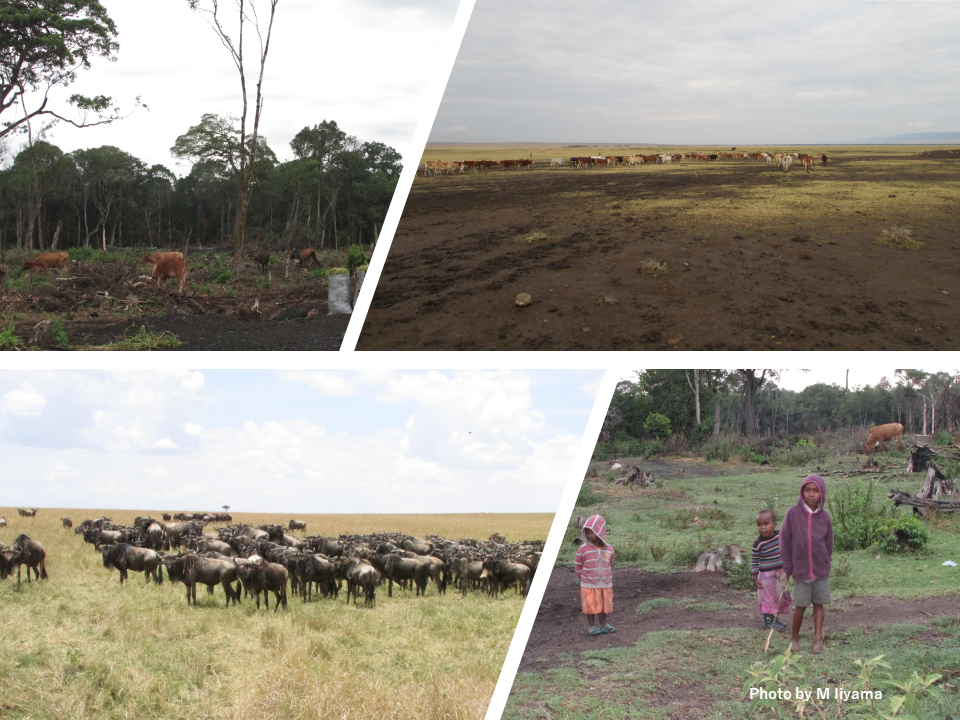Pick Up
999. Causality Among Climate Change, Biodiversity Loss, and Infectious Disease Outbreaks

999. Causality Among Climate Change, Biodiversity Loss, and Infectious Disease Outbreaks
Today, the world is facing three crises: climate change, biodiversity loss, and infectious disease outbreaks. The interactions between climate change, biodiversity loss, and infectious disease outbreaks exhibit a dynamic interplay. At times, they act as checks on each other, while on other instances, they reinforce one another, triggering a chain reaction through feedback loops. A paper published in The Lancet Planetary Health highlights the importance of understanding cause-and-effect relationships in solving the crises facing our planet.
We are currently facing extremely serious changes in the Earth system. The climate is the warmest it has been in 125,000 years, extreme weather events are increasing in frequency, and global average temperatures are already 1°C above the 1850 – 1900 average and could reach 1.5 – 2°C in the near future. Natural habitats are becoming increasingly fragmented and untouched nature is shrinking. Changes in climate and natural habitats are causing shifts in species distributions and altering the composition of ecological communities, with one million species at risk of extinction. At the same time, the frequency of outbreaks and spread of infectious diseases among wildlife, livestock, plants, and humans is increasing. Anthropogenic factors such as environmental pollution, deforestation, and farmland expansion have been identified as the causes behind these environmental changes. However, little consideration has been given to the interactions among all three crises.
Existing research has made progress in understanding the interaction mechanisms between pairs of crises, but as the Intergovernmental Science-Policy Platform on Biodiversity and Ecosystem Services (IPBES) and the Intergovernmental Panel on Climate Change (IPCC) reports show, the relationship between biodiversity and climate change has a common cause. Efforts are underway to identify reactions and utilize them in policy formulation and solutions. In addition, the strong correlation between infectious diseases and biodiversity, and between infectious diseases and climate change, has become better understood in recent years. There is a growing need to extend this analysis to causal relationships between biodiversity–climate change and infectious diseases in humans, livestock, wildlife, and plants.
There are many challenges in analyzing the causal relationship between climate change, biodiversity loss, and infectious disease outbreaks, including a mismatch in the scale of impact, a lack of data, and methodology. In particular, climate change affects both biodiversity and infectious diseases, but the impact of biodiversity and infectious diseases on climate change is often overlooked, at least on the time scale that defines the Anthropocene, which in many cases is minor. For example, changes in biodiversity and infectious disease spread are measured for communities and populations and are observed at scales ranging from months to years in time and from meters to hectares in space. In contrast, climate change is measured on large spatial and temporal scales and involves the complexity of analyzing climate change by incorporating it into the microclimate experienced by living organisms. If crises interact at different scales, focusing on a single scale will not provide a complete picture of the impact.
However, we believe that there is much to be gained by integrating scientific knowledge related to humans, livestock, wildlife, plants, and the environment through interdisciplinary collaboration. By analyzing the causal relationships among climate change, biodiversity loss, and infectious disease outbreaks, it is expected that scenarios can be developed to address one crisis without exacerbating the situation of other crises, thereby achieving potential co-benefits.
Reference
Alaina Pfenning-Butterworth et al. Interconnecting global threats: climate change, biodiversity loss, and infectious diseases, The Lancet Planetary Health (2024). https://www.sciencedirect.com/science/article/pii/S2542519624000214?via…;
Contributor: IIYAMA Miyuki (Information Program)
